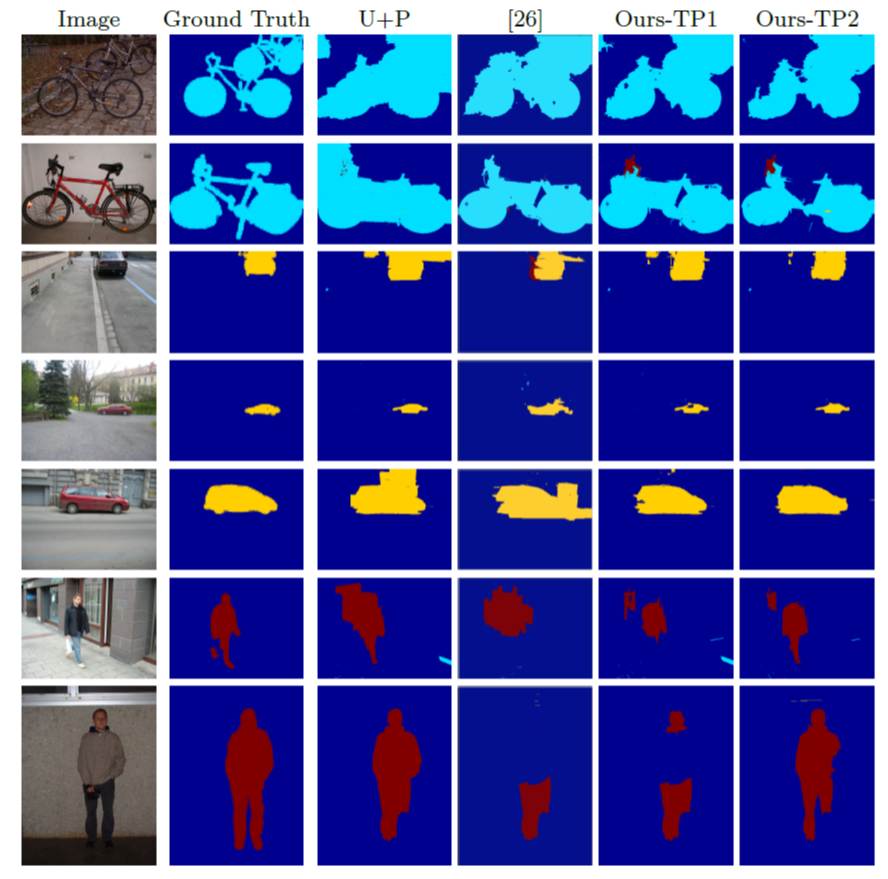Dictionary Learning for Vision
DL is a data-driven transformation & representation for which most of the representation coefficients are zero, dictionary may be over/under-complete, and unlike compressive sensing the dictionary is not assumed to be known in advance. DL is applicable to any sensor modality, any dynamic, statistical, discrete, time-series, label, vector, etc. data, and optimization, estimation, factorization problems.

There are many project under DL. One is:
Sparse Dictionaries for Semantic Segmentation
A popular trend in semantic segmentation is to use top-down object information to improve bottom-up segmentation. For instance, the classification scores of the Bag of Features (BoF) model for image classification have been used to build a top-down categorization cost in a Conditional Random Field (CRF) model for semantic segmentation. Recent work shows that discriminative sparse dictionary learning (DSDL) can improve upon the unsupervised K-means dictionary learning method used in the BoF model due to the ability of DSDL to capture discriminative features from different classes. However, to the best of our knowledge, DSDL has not been used for building a top-down categorization cost for semantic segmentation. In this paper, we propose a CRF model that incorporates a DSDL based top-down cost for semantic segmentation. We show that the new CRF energy can be minimized using existing efficient discrete optimization techniques. Moreover, we propose a new method for jointly learning the CRF parameters, object classifiers and the visual dictionary. Our experiments demonstrate that by jointly learning these parameters, the feature representation becomes more discriminative and the segmentation performance improves with respect to that of state-of-the-art methods that use unsupervised K-means dictionary learning.

